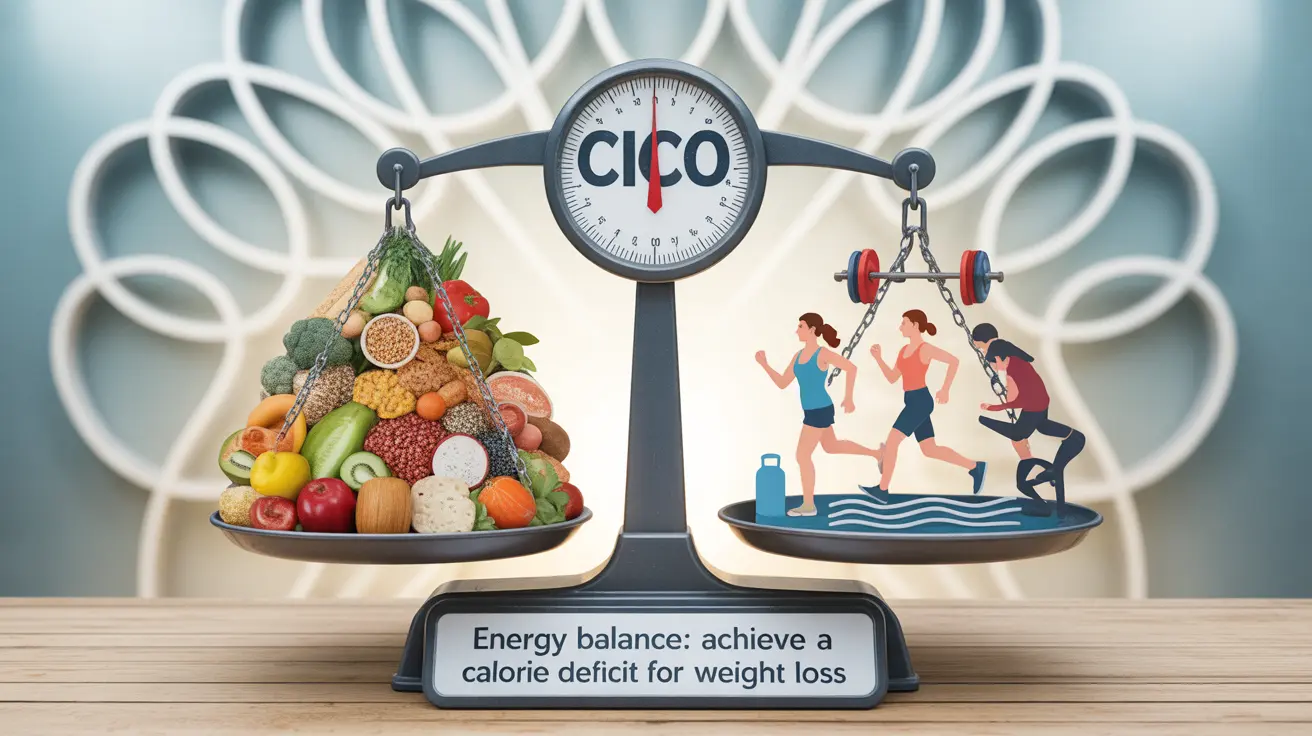Understanding the CICO (Calories In, Calories Out) diet is essential for anyone looking to achieve sustainable weight loss. This fundamental approach to weight management focuses on the basic principle of energy balance: consuming fewer calories than your body burns leads to weight loss. Let's explore how this method works and how to implement it effectively and safely.
Understanding the CICO Diet Principle
The CICO diet operates on a straightforward premise: weight loss occurs when you create a calorie deficit by consuming fewer calories than your body expends. This approach is grounded in the first law of thermodynamics, which states that energy cannot be created or destroyed, only transformed. When applied to weight management, this means that consuming excess calories leads to weight gain, while a calorie deficit results in weight loss.
Calculating Your Calorie Needs
To successfully implement the CICO diet, you first need to determine your Total Daily Energy Expenditure (TDEE). This includes:
- Basal Metabolic Rate (BMR): Calories burned at rest
- Physical Activity Level (PAL): Calories burned through movement
- Thermic Effect of Food (TEF): Calories burned digesting food
Most people can use online calculators or the following general guidelines:
- Sedentary: Weight (lbs) × 12
- Moderately active: Weight (lbs) × 13-14
- Very active: Weight (lbs) × 15-16
Creating a Safe Calorie Deficit
For sustainable weight loss, aim to create a moderate calorie deficit of 500-750 calories per day, which typically results in losing 1-1.5 pounds per week. Avoid extreme restrictions, as these can lead to:
- Metabolic slowdown
- Muscle loss
- Nutrient deficiencies
- Decreased energy levels
- Unsustainable results
The Importance of Food Quality
While CICO focuses on calorie quantities, food quality remains crucial for optimal health and sustainable weight loss. Focus on:
- Lean proteins for muscle preservation
- Complex carbohydrates for sustained energy
- Healthy fats for hormone function
- Fiber-rich foods for satiety
- Fruits and vegetables for essential nutrients
Tracking and Monitoring Progress
Success with CICO requires consistent monitoring of both intake and progress. Consider using:
- Food tracking apps
- Regular weigh-ins
- Body measurements
- Progress photos
- Energy level tracking
Frequently Asked Questions
What does the CICO diet mean and how does it work for weight loss?
The CICO diet stands for "Calories In, Calories Out" and works by creating a calorie deficit. When you consume fewer calories than your body burns, it must use stored energy (fat) for fuel, resulting in weight loss.
How do I calculate my calorie needs to create a calorie deficit with the CICO method?
Calculate your TDEE using online calculators or the formula based on your activity level. Then subtract 500-750 calories from this number to create a sustainable deficit for weight loss.
Can I eat any type of food on the CICO diet as long as I stay within my calorie limit?
While technically you can lose weight eating any foods within your calorie limit, focusing on nutritious, whole foods will provide better satiety, preserve muscle mass, and support overall health.
What are the nutritional risks or limitations of following a CICO diet long term?
Potential risks include nutrient deficiencies if focusing solely on calories without considering food quality, muscle loss if protein intake is inadequate, and metabolic adaptations if the deficit is too severe.
How can I maintain muscle and get enough protein while following a calorie deficit using CICO?
Aim to consume 0.8-1 gram of protein per pound of body weight, incorporate resistance training, and ensure your calorie deficit isn't too aggressive. This helps preserve lean muscle mass during weight loss.




